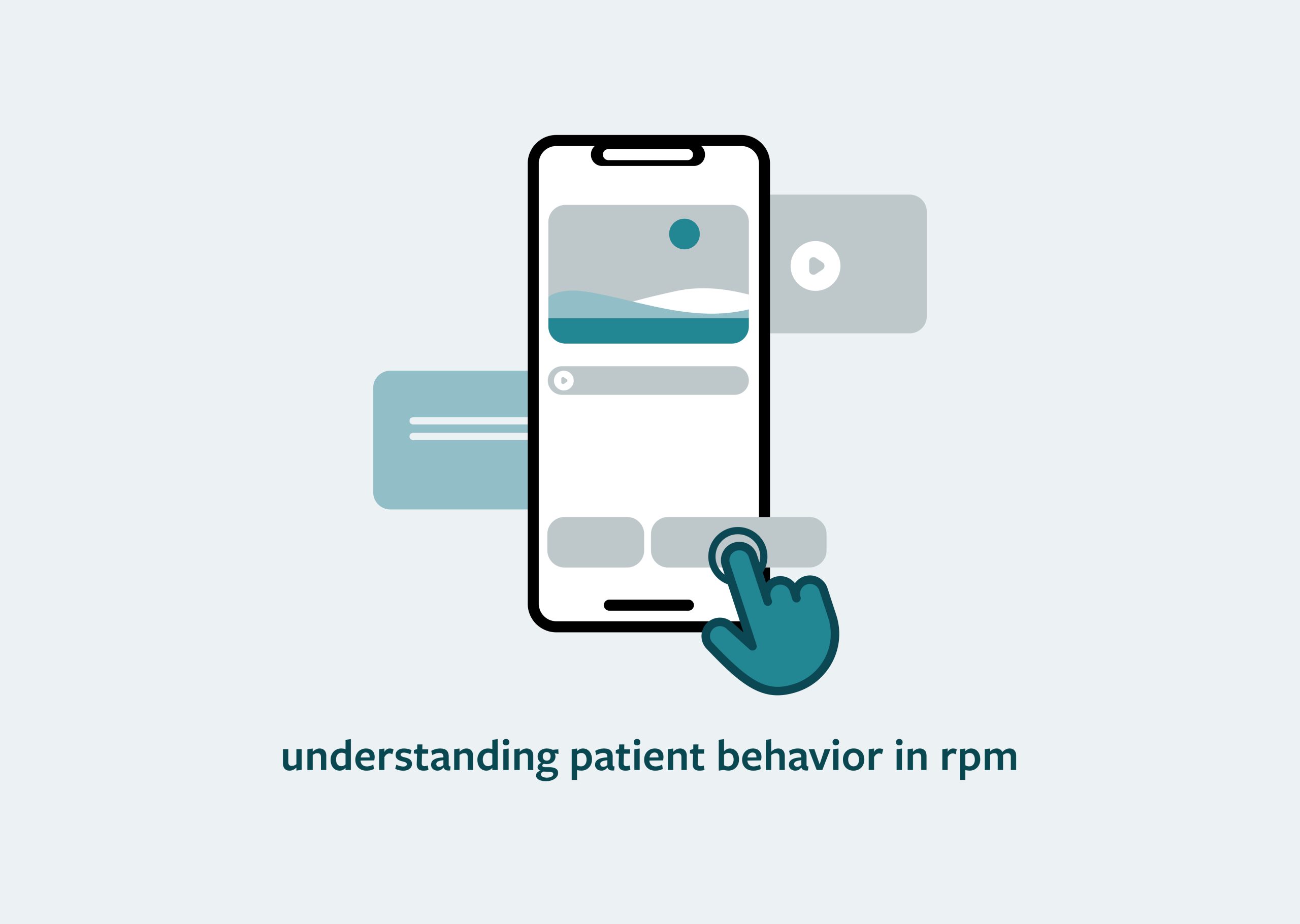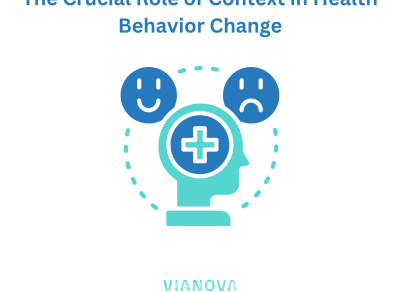
Understanding Patient Behavior in RPM: A Behavioral Economics Perspective
In the dynamic realm of cardiology, technological advancements have brought about a revolution in patient care, especially for those with heart conditions. Remote Patient Monitoring (RPM) has emerged as a game-changer, offering patients the convenience of staying connected with their healthcare providers while managing their heart health from the comfort of their homes. However, for RPM to truly maximize its benefits, we must look at it through a unique lens: the perspective of behavioral economics.
The Human Element in Healthcare
Healthcare, at its core, is a profoundly human endeavor. While we often focus on the science, technology, and medications, it is the people who make the real difference in the health of patients. Understanding patient behavior is crucial, and behavioral economics provides us with a powerful framework to delve into the intricacies of decision-making.
The Psychology of Decision-Making
Human behavior is a complex interplay of cognitive processes, emotions, and social influences. Patients with heart conditions face numerous decisions regarding their health, from adhering to medication regimens to making lifestyle changes. These decisions are not always straightforward; they are often influenced by biases, heuristics, and cognitive shortcuts.
Applying Behavioral Economics
Behavioral economics, a field that merges insights from psychology and economics, can help us understand why patients make the choices they do. By recognizing these behavioral patterns, we can design RPM programs that align more closely with patients’ actual behavior.
1. Hyperbolic Discounting: One common behavioral bias is hyperbolic discounting, where individuals tend to prioritize immediate gratification over long-term benefits. In cardiology, this can manifest as patients neglecting preventive measures because they do not provide instant results. RPM can be structured to provide more immediate feedback, making it more engaging.
2. Loss Aversion: People tend to fear losses more than they value equivalent gains. In the context of cardiology, this means patients may be more motivated to avoid deterioration in their health than to achieve incremental improvements. RPM programs can emphasize the potential health risks of non-adherence.
3. Social Norms: Human behavior is significantly influenced by social norms and peer comparisons. RPM can incorporate social elements, such as sharing progress with friends or support groups, to motivate patients through positive peer pressure.
4. Present Bias: Present bias leads individuals to disproportionately value the present moment, often at the expense of the future. Healthcare providers can use this insight to create short-term incentives for patients to maintain their heart health through RPM.
5. Choice Architecture: The way choices are presented can greatly influence patient decisions. RPM platforms can be designed to nudge patients towards healthier choices, making it easier for them to monitor their heart health effectively.
Tailoring RPM to Patient Behavior
As we progress through this article series, we will explore these behavioral economics concepts in greater depth, showing how each can be applied to enhance patient engagement and adherence in RPM programs specifically tailored for cardiology. By understanding and adapting to the psychology of patient decision-making, we can improve the quality of care, ultimately leading to healthier hearts and happier lives.
Join us on this enlightening journey into the world of behavioral economics and cardiology RPM as we unravel the fascinating science of human decision-making and its profound impact on remote patient monitoring. Together, we’ll unlock the secrets to healthier hearts, one choice at a time.



FEEL FREE TO DROP US A LINE.